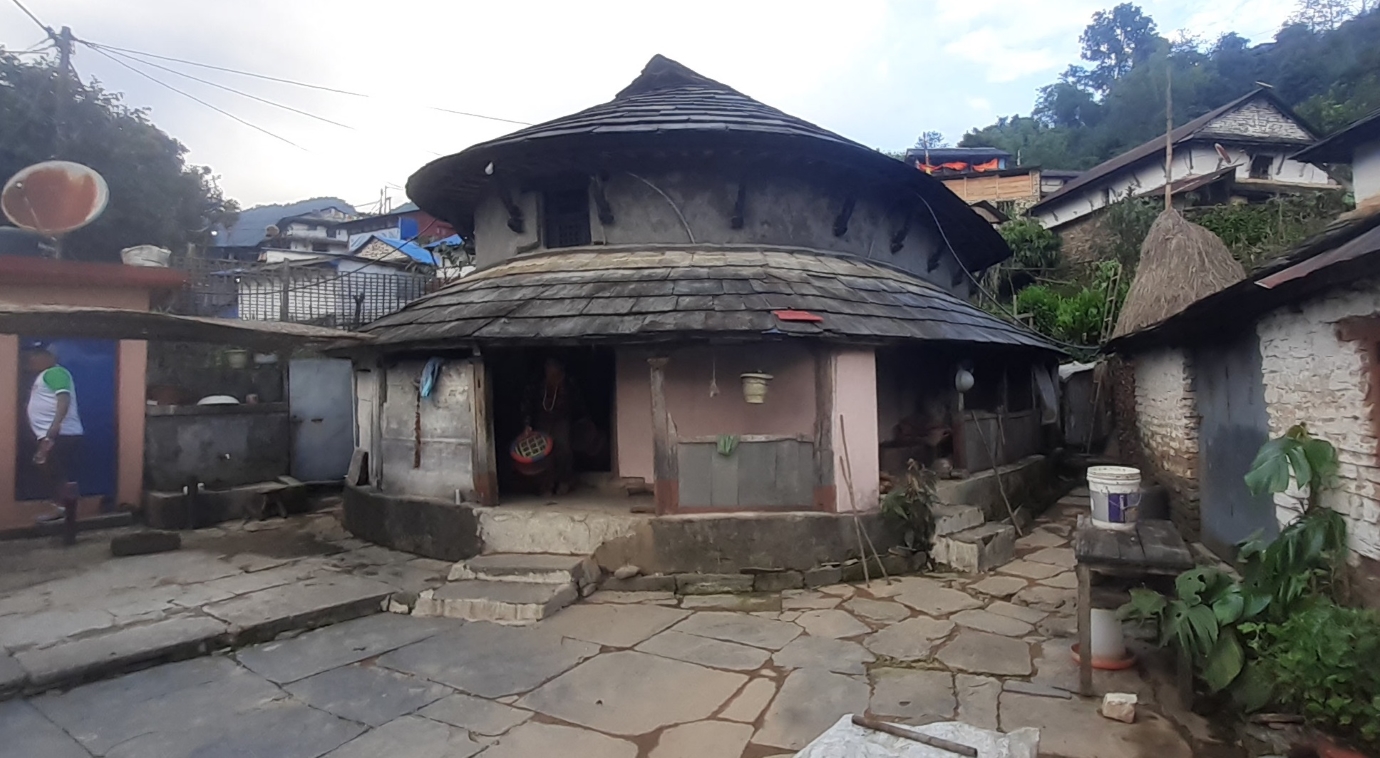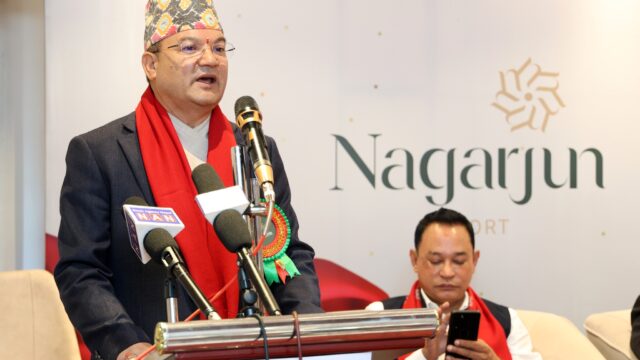Nestled at an altitude of 1,650 meters above sea level, Pasgaun, located in Kwhlosothar Rural Municipality–6 of Lamjung district, has been captivating the hearts of both domestic and international tourists. This picturesque Gurung village, rich in natural beauty, ethnic cuisine, and centuries-old traditions, is rapidly gaining recognition as a vibrant cultural tourism destination.
Pasgaun’s growing appeal lies not only in its breathtaking landscapes but also in the culinary heritage that highlights local delicacies like sisno ko tarkari (nettle vegetable), kodoko sel (millet bread), niguro, and githa, traditional mountain foods that offer tourists a truly authentic taste of rural Nepal. The combination of pristine natural surroundings and distinctive flavors is fast making Pasgaun a sought-after eco-cultural retreat.
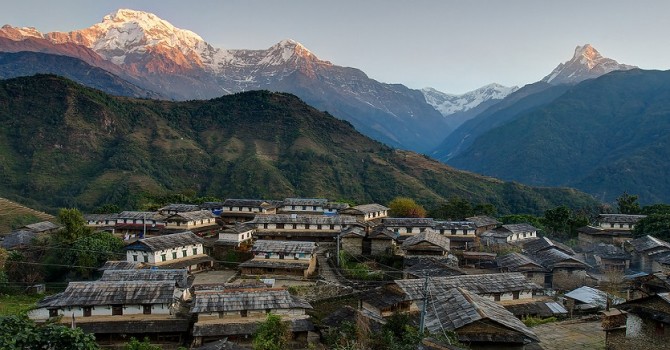
A Living Museum of Gurung Culture
Pasgaun stands out as a living museum of Gurung culture and traditions. The village continues to preserve and promote its ancient customs including rare and nearly extinct dances like the Krishna Charitra Dance, Sarangi Naach, Jhyaure, and Sati Ghatu. Visitors to the village are often treated to these vibrant cultural performances, providing a rare glimpse into a way of life that has remained untouched for generations.
What makes this village even more unique is its ability to blend tourism with heritage preservation. “Our community is committed to protecting our cultural identity while welcoming guests,” says Ratan Singh Gurung, Secretary of the Pasgaun Community Homestay.
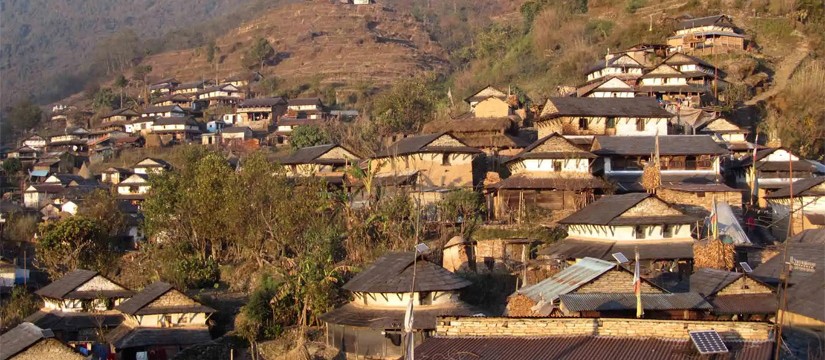
Homestay Tourism with Deep Roots
Homestay tourism in Pasgaun began in 2003 (2060 BS) with just three homes participating in the pilot program. Today, 22 houses are formally registered and run homestays that can accommodate up to 100 guests daily. This local initiative was formally recognized and registered in 2017 (2074 BS), allowing the community to structure its tourism offerings more professionally.
Each homestay is constructed with traditional slate roofs and wooden beams, blending seamlessly with the landscape. The village pathways and open courtyards are paved with stones, maintaining the aesthetic charm of ancient Himalayan architecture.
The homes are not just places to stay, they are immersive experiences. Tourists eat local food prepared by the hosts, sleep in traditionally styled rooms, and engage in evening storytelling or music sessions with the locals.
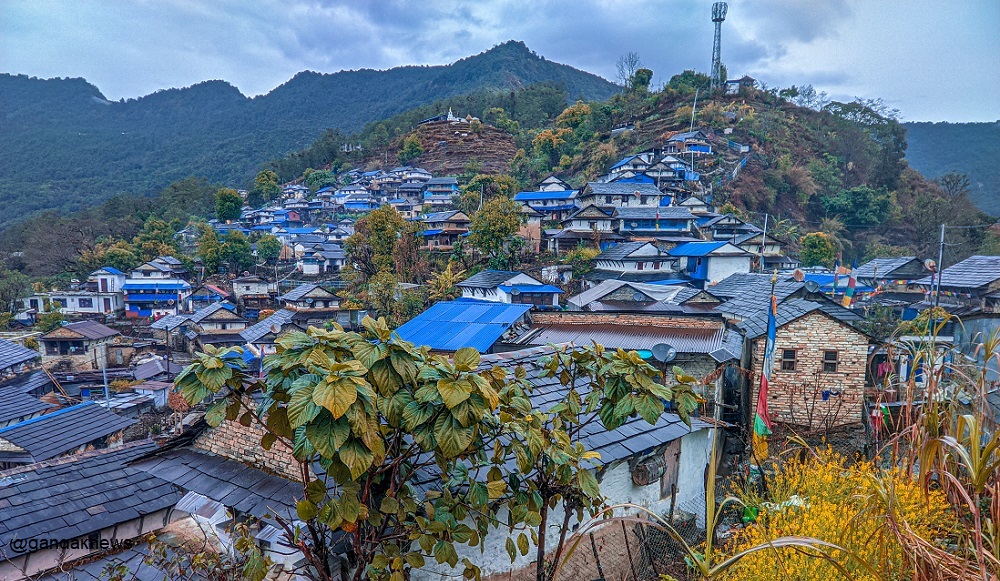
Cultural Preservation with a Vision for Economic Prosperity
The long-term goal of the community homestay initiative is not just to increase visitor numbers but to reduce migration and foster economic resilience within the village. By promoting cultural and nature-based tourism, the locals have found a viable path to prosperity while keeping their traditions alive.
“By linking our culture and natural beauty with tourism, we aim to achieve long-term economic development,” adds Gurung. The initiative has already started to bear fruit, as many villagers now prefer to stay and work within the community instead of migrating to cities or abroad.

Gurung Heritage Trail Promotion
Pasgaun is now being actively promoted under the Gurung Heritage Trail by the Gurung Tourism Entrepreneurs Association – Gandaki Province. According to Bobar Jung Gurung, the founding president of the association and coordinator of the Gurung Heritage Trail initiative, Pasgaun is part of a broader plan that also includes other ancient Gurung villages across Lamjung, Kaski, and Manang.
The Gurung Heritage Trail is set to be officially launched in 2026 and is currently undergoing a comprehensive study and mapping process. The trail is designed to preserve the cultural essence of these villages while enhancing infrastructure and tourism experiences along the way.
As part of the third phase of development, an exploratory trek was conducted starting on Jestha 23, which connected Pokhara to Singdi, Pasgaun, Dudhpokhari, and Gurung Deurali. This trek not only surveyed the trail but also fostered awareness and enthusiasm among locals to integrate with the larger tourism network.
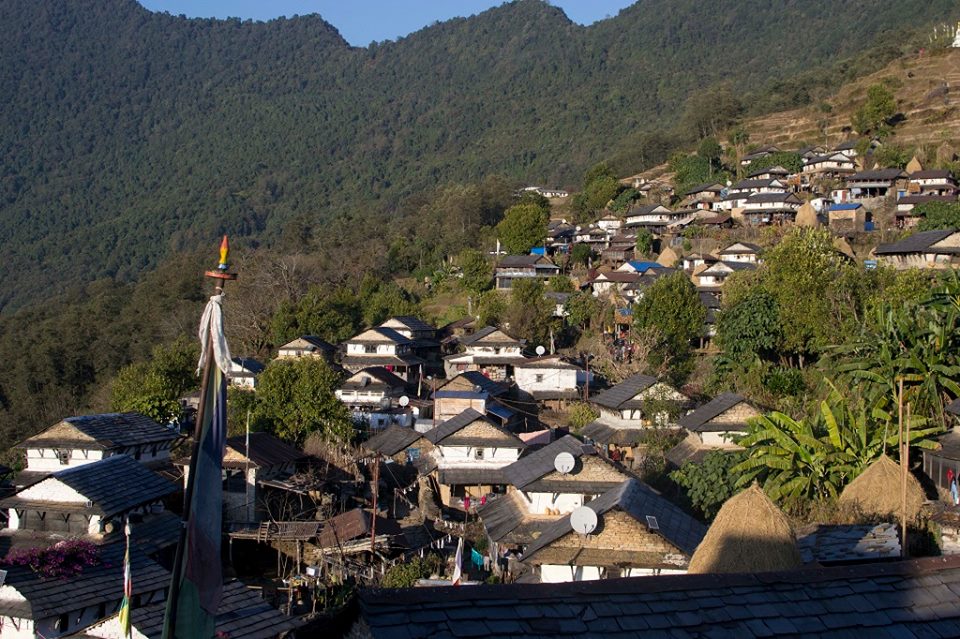
Natural and Spiritual Attractions
Apart from cultural offerings, Pasgaun is also blessed with fascinating natural landmarks. Near the village lies Khonme Danda, where a viewpoint tower and other structures have been developed to offer panoramic views of the surrounding landscape. Further down the hill, unusual rock formations carved by nature, and known for producing musical sounds when struck, add an element of mystery and spiritual appeal.
According to locals, these stones include shapes resembling Mount Kailash and various Hindu deities, increasing the spiritual significance of the village. In fact, one white cliff nearby is believed to have been home to Buddhist lamas in ancient times. Under a giant rock, a natural idol of a goddess is worshipped with great devotion.
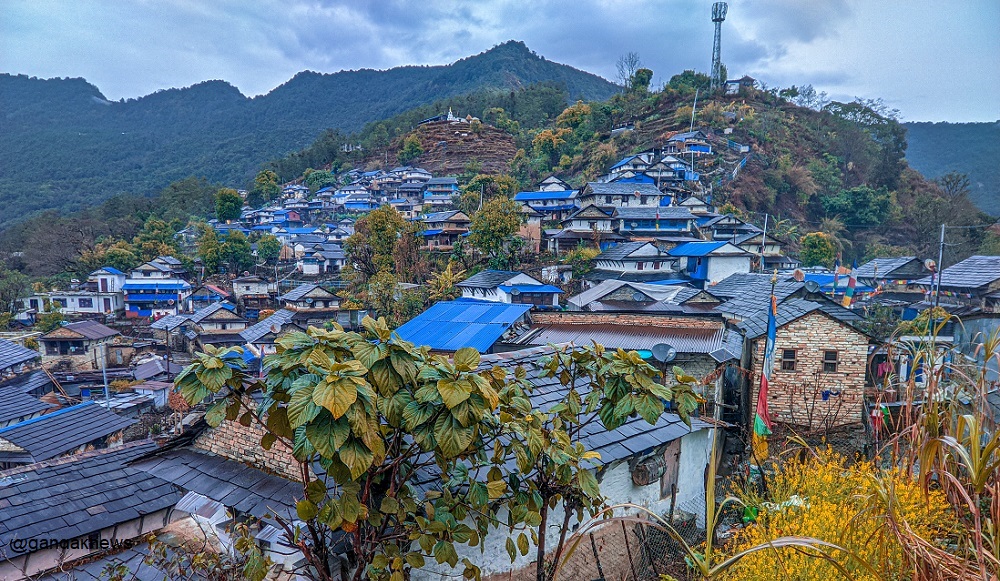
Accessibility and Challenges
Pasgaun is accessible through multiple trekking routes. One can reach the village via Besisahar–Ghame–Bhujung–Pasgaun or Besisahar–Maling–Salme Bhanjyang–Pasgaun. From Pokhara, travelers can journey via Kalika–Rambazar–Karputar. However, the road via Madi in Kaski is still underdeveloped, causing some difficulty for tourists, which locals hope will be addressed soon.
Despite the infrastructural challenges, the local tourism committee believes the integration of Pasgaun into the Gurung Heritage Trail will significantly boost visibility and development.
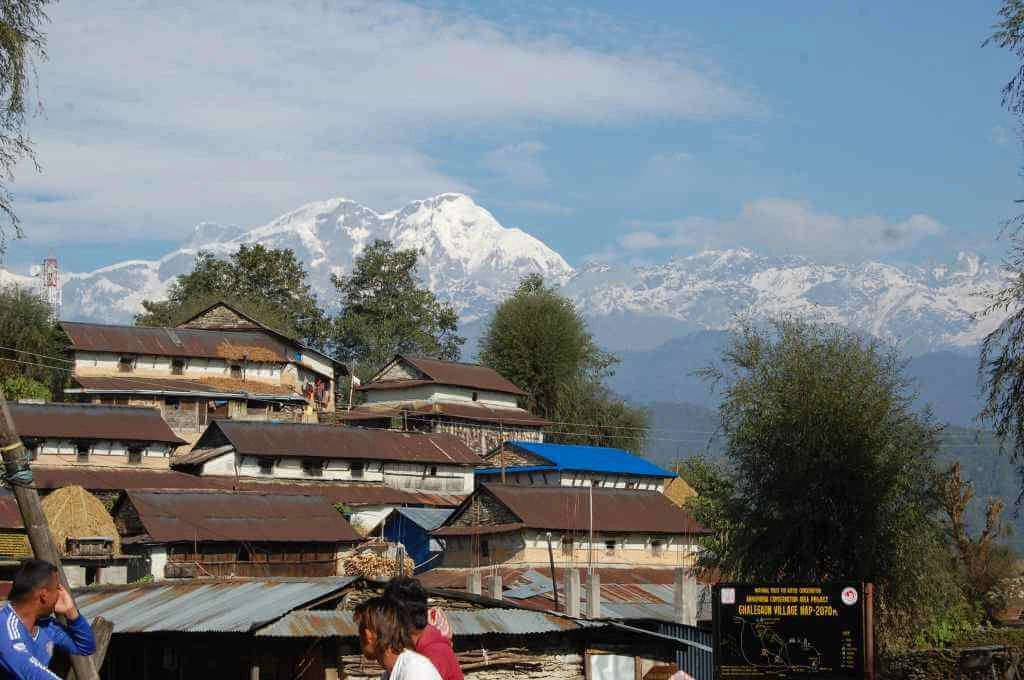
Call for Collective Responsibility
Tulsing Gurung, General Secretary of the Gurung Tourism Entrepreneurs Association, emphasized that the success of this model depends on the active participation of the local community. “It’s not just about building homestays, it’s about collective pride in culture, hospitality, and nature,” he noted.
As Pasgaun continues to gain traction on the tourism map of Nepal, the village stands as a testament to how cultural preservation and community-based tourism can walk hand in hand. With its rich heritage, warm hospitality, and natural wonders, Pasgaun is indeed a rising gem in Nepal’s sustainable tourism landscape.
